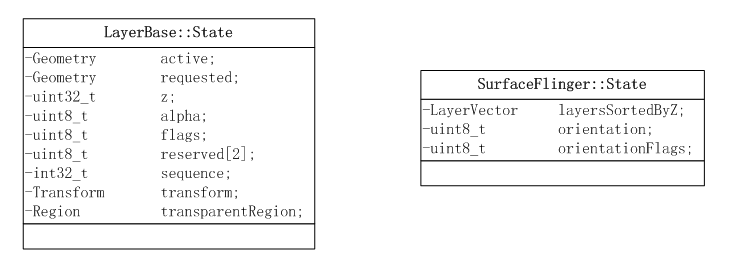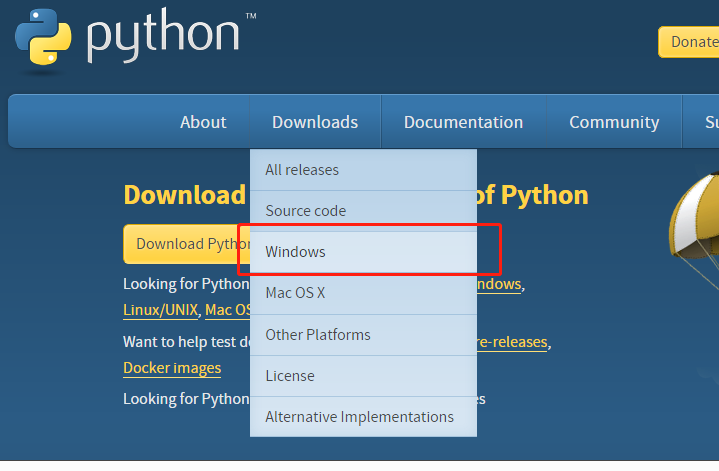Java异常处理:典型问题与代码示例
在Java编程中,异常处理是一种机制,用于在程序运行时遇到错误或意外情况时,优雅地处理这些情况,而不是让程序崩溃。
下面是一些常见的Java异常及其处理方式的代码示例:
未捕获的异常:
如果一个异常没有被捕获,那么它会在控制台上打印出堆栈跟踪信息,并且导致程序中断。代码示例:
public void divideByZero() {int a = 5;int b = 0;try {System.out.println(a / b);} catch (ArithmeticException e) {// 处理除以零的情况System.out.println("You can't divide by zero!");}}
使用try-catch-finally:
当我们对可能抛出异常的代码进行处理时,通常会使用try、catch和finally块。代码示例:
public void uploadFile() {File file = new File("path_to_your_file");try (InputStream in = new FileInputStream(file);FileOutputStream out = new FileOutputStream("destination_path")) {byte[] bytes = IOUtils.readBytes(in);out.write(bytes);// 假设这里抛出了异常// 然后在finally块中进行处理System.out.println("File uploaded successfully!");} catch (IOException e) {// 处理上传文件时出现的IO异常System.out.println("An error occurred while uploading the file.");e.printStackTrace();}}
自定义异常类:
当我们需要处理特定类型的错误或异常时,可以创建自己的异常类。代码示例:
// 创建一个表示文件路径不存在的自定义异常类class InvalidFilePathException extends Exception {public InvalidFilePathException(String message) {super(message);}}public void uploadFile() {// ... 其他代码// 假设这里尝试访问一个不存在的文件路径File file = new File("non_existent_path_to_your_file");try {// 会抛出InvalidFilePathException异常System.out.println("Reading from the file...");// ...} catch (InvalidFilePathException e) {// 处理无效文件路径的自定义异常System.out.println(e.getMessage());e.printStackTrace();}}
以上是Java中处理常见异常的基本方式。在实际项目开发中,可能需要根据具体需求进行更深入的异常处理和错误管理。


































还没有评论,来说两句吧...